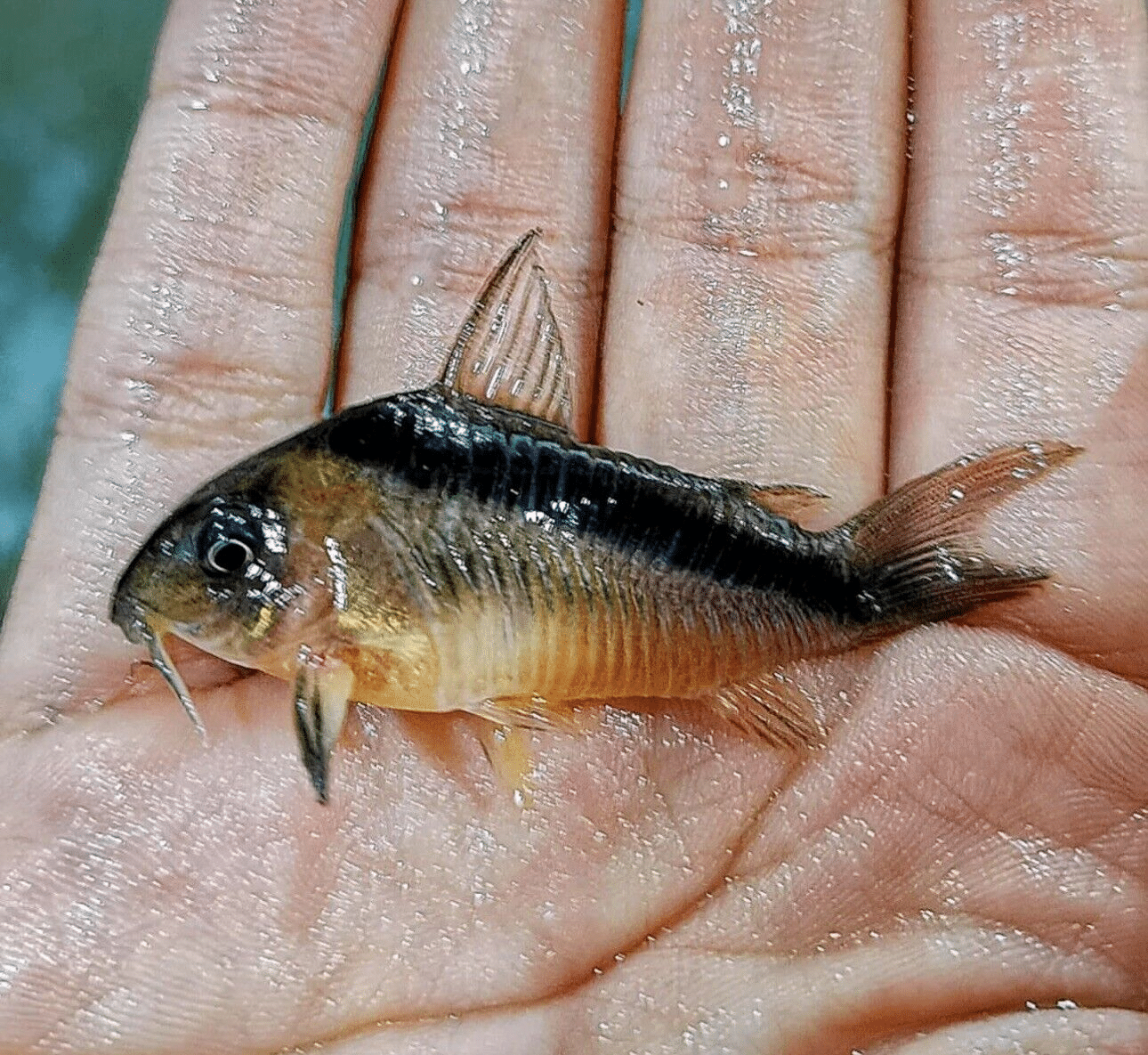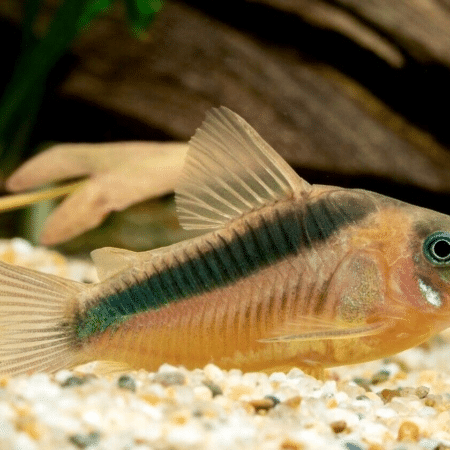-
×

-
×

-
×

-
×

-
×

-
×

-
×

Subtotal: £482.31

















Mike Thompson (verified owner) –
I recently added the Rusty Cory Corydoras Rabauti to my community tank, and I couldn’t be happier! These little catfish have been thriving for about a month now and are such a joy to watch. Their vibrant coloration and playful nature bring so much life to my aquarium. I love how they scavenge around, cleaning up leftover food and helping with algae control, which is a huge plus for me. Compared to other corydoras I’ve kept, the Rusty variety seems more active and social, often seen swimming together in small groups.
I did have to adjust my water parameters slightly to match their needs, but it was well worth it. As a caring fish parent, providing a healthy environment is my top priority, and these little guys are thriving. My only minor concern is that they prefer slightly softer substrate for digging, so I had to replace the gravel with sand.
Overall, I’d recommend Rusty Corys for anyone looking to add a peaceful, hardworking catfish species to their tank. They’re perfect for community setups and are quite forgiving for beginner aquarists. I’ll definitely be adding more in the future!